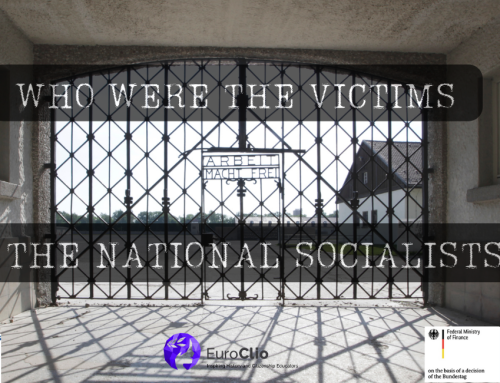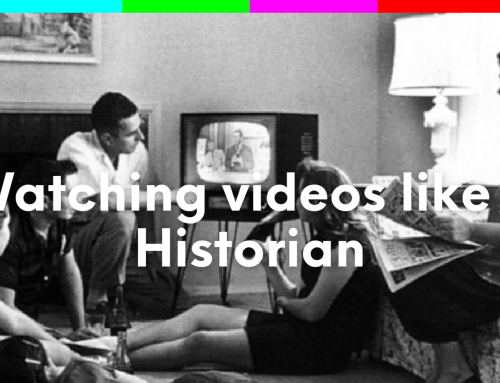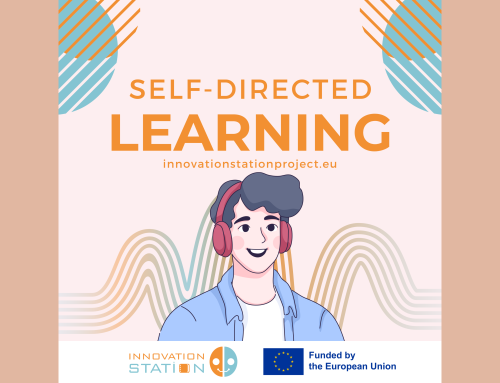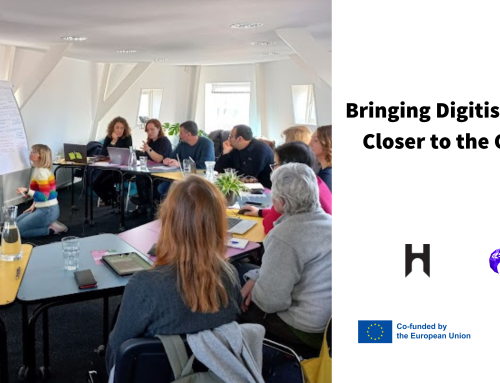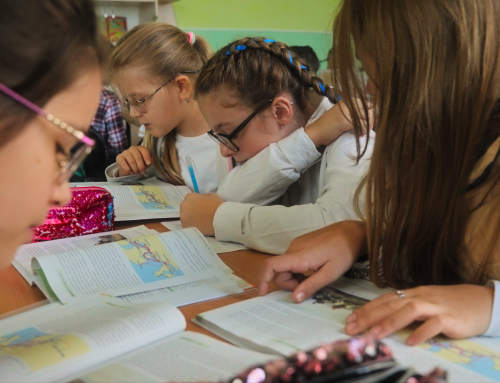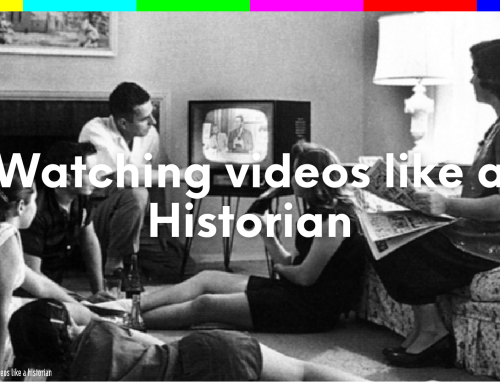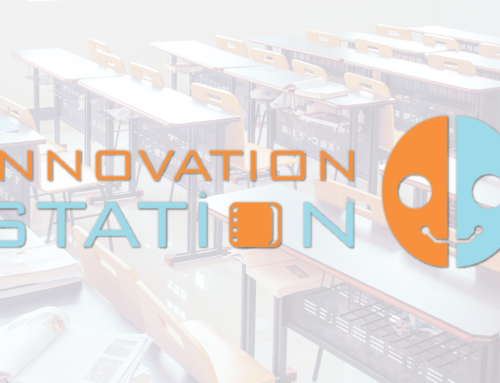In today’s diverse society, everyone has its own understanding or interpretation of historical events. The opening up of a space to engage with the dissonant and often conflictual nature of European history is the first step in discovering common positions or overcoming divisions while acknowledging these existing differences.
The Sharing European Histories project core goal is to develop innovative teaching strategies for educators across Europe, designed to help young people better understand the different perspectives and the complexities of our shared European past.
At this 2nd Meeting of the Sharing European Histories project, EuroClio director Steven Stegers emphasised the need to create educational resources and tools which that in fact will be used by teachers. The purpose of the meeting was three-fold: peer-review of the strategies, agreement on a plan of action in completing the strategies, and the peer-review of a new Historiana tool.
During the meeting all contributors had the opportunity to share their strategies with their peers and receive suggestions for the future development. Among the contributors were Helen Snelson (UK), Joanna Wojdon (Poland), Elisabete Pereira (Portugal), and Gentian Dejda (Albania). Helen Snelson introduced her strategy focusing on using life stories which teaches students about the complexity of the past. The strategy, addressing the period 1989-2000, incorporates an intergenerational dialogue that deconstructs the idea of what it means to be an eyewitness to the past. It encourages students to talk to people they know that have a story about the past and to take ownership of what they are learning by bringing together the lived past and what is talked about or what we are told is important. Her strategy relates these memories to maps and timelines to interrogate which parts are actually remembered.
The second strategy, designed by Joanna Wojdon, focuses on public history in wider society. It follows the historical path of Wroclaw by looking at historical plaques to see how changes and ethnic groups are represented; who is or is not represented? From which point of view are turning points memorialised? Where did the plaques come from and who put them up? Why are they where they are and for what purpose?
This strategy stimulates an awareness in students of the constructed nature of history and teaches them how to deconstruct the contemporary message. An element could be to find other commemorative elements (i.e. monuments or street names) in a city or town, or to assign students the task to construct their own plaques.
The third strategy proposed by Elisabete Pereira uses object biographies to foster curiosity for the complexity of the past. In this strategy, students looks at science and history. Scientists do not think in terms of nationalism or politics, but in terms of innovation and how this took place across borders. The last strategy proposed by Gentian Dedja looks at medieval figures that surpass ethic borders. The aim of the strategy is to critically analyse chosen historical figures and deconstruct historical narratives of “national heroes” claimed by different groups
The challenge for all the developers for the next step in the project is to make sure that their strategies can be easily adapted and applied across Europe and in different historical contexts.
The final item on the agenda for the meeting was to offer a feedback on the new Historiana tool. The purpose of the tool is to deconstruct historical sources by gradually revealing information. EuroClio’s Steven Stegers explained three ways for which the tool can be used: analysing images, tracing the history of objects, tracing the spread of ideas.
The team finally decided on the further course of action which will include finalisation of forms for stages 1-2 and preparation of a peer-review workshop where contributors will individually teach their strategies. The workshops will be a part of the 2020 EuroClio Annual Conference in Serbia.


